12 best supporting characters in The Legend of Zelda series
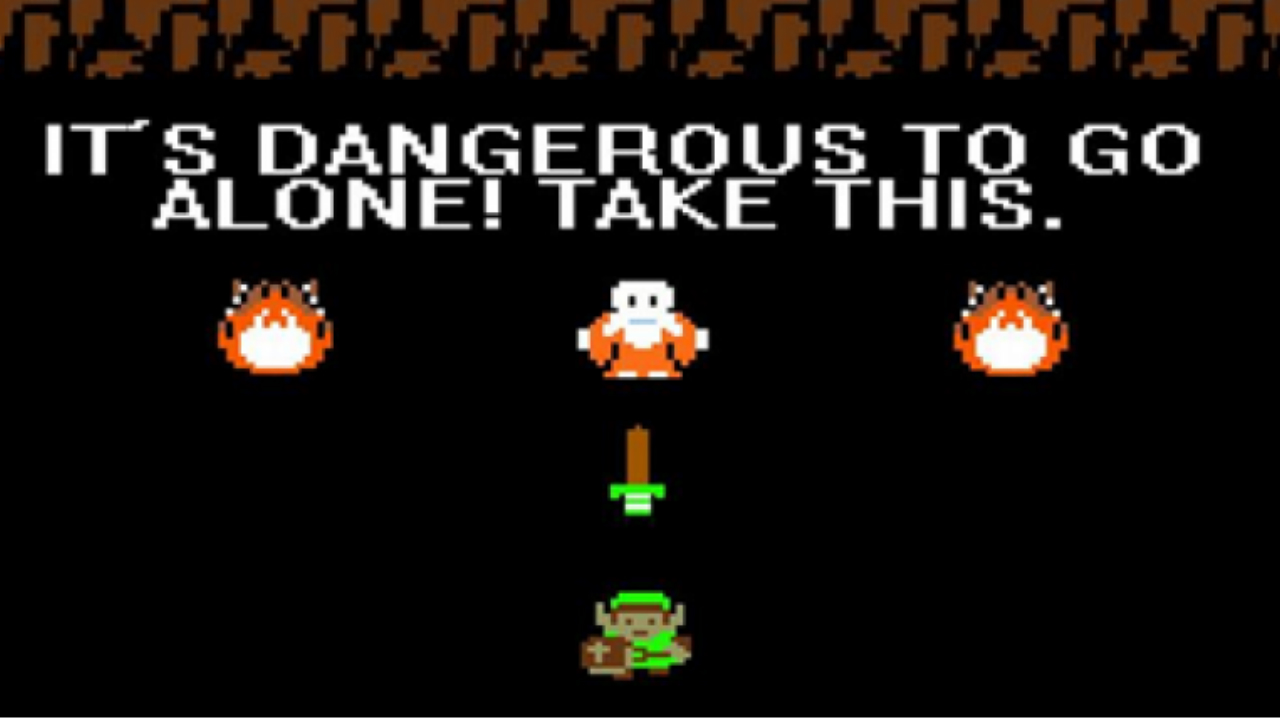
It’s dangerous to go alone, which likely explains why Link is never short on companionship across The Legend of Zelda series. During his many adventures, he’s encountered tons of unique characters, including abominable snowmen, bird people, and talking fish. Some of these have played a significant role in his development as a hero, while others simply offered him a pleasant distraction from more pressing matters.
In honour of Breath of the Wild’s launch, we’ve decided to nail down some of our favourites from the bunch. What follows is a list of the greatest supporting characters from The Legend of Zelda franchise:
The Postman
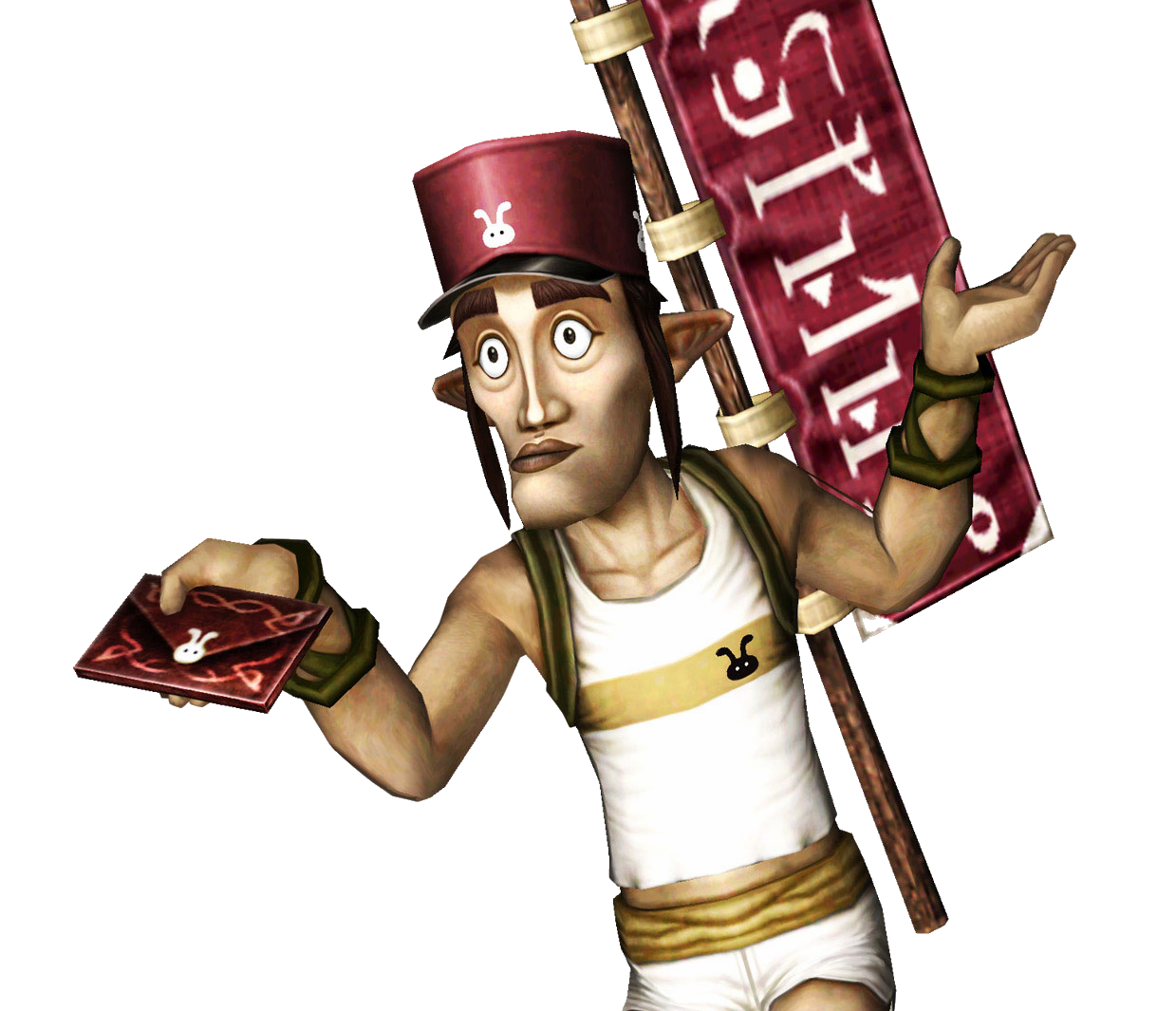
Let’s start with an unusual pick: The Postman. He might not be the first character you think of when you visualize The Legend of Zelda franchise, but he’s almost always there delivering the mail in spite of monsters plaguing the land. Making his first appearance in Majora’s Mask, he’s shown up in multiple Zelda games since, most notably in Twilight Princess.
Constantly putting his life in danger to ensure letters reach their destination on time, he makes the tumultuous world feel that little bit more connected. This makes him nothing short of a hero in our eyes.
He can even be found in multiple places that he realistically shouldn’t be able to access, including the 49th floor of the Cave of Ordeals dungeon as well as the very top of Zora’s Domain in Twilight Princess. Now that’s some dedication to his job.
The Old Man
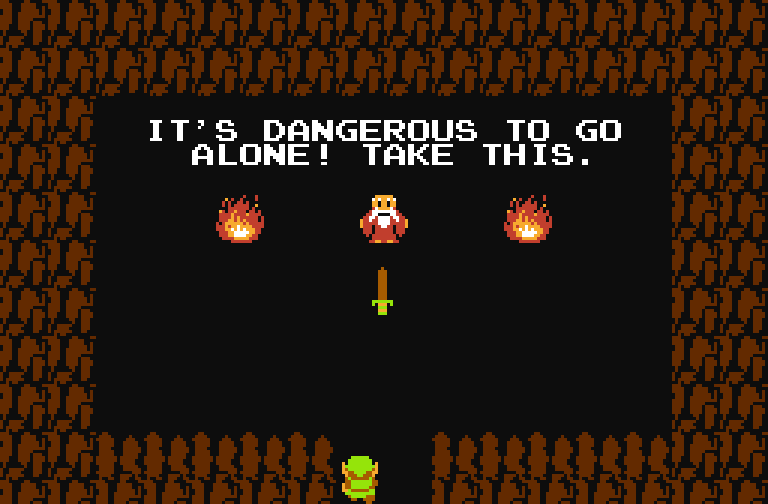
There’s a very simple reason for including The Old Man on this list: he’s iconic. He’s the first person that Link ever encounters in the series -- giving him a sword that repels evil -- and the inspiration behind numerous characters in later installments, such as Oracle of Ages/Seasons and Breath of the Wild.
Considering everything else is trying to kill you in the original Zelda, The Old Man makes a comforting sight whenever you happen across him. He gives you practical advice, lets you play money-making minigames, and offers you cool, new items. It stands to reason Link would have a much harder time trying to vanquish Ganon’s forces if it weren’t for his assistance. He’s a guiding voice in an obtuse and imposing land, acting as a tutorial character in a game that drops you right in the thick of it.
Weekly digests, tales from the communities you love, and more
The Happy Mask Salesman
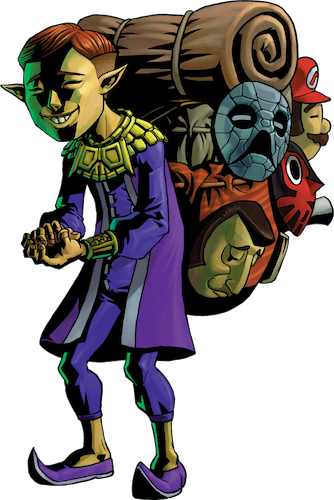
When you first meet The Happy Mask Salesman in Ocarina of Time, he’s a humble shopkeeper, who’ll employ you to sell his wares. Seems fairly innocuous, right? Wrong.
As we discover in Majora’s Mask, he possesses a much darker side, exhibiting strange powers and a penchant for collecting dangerous masks. His duplicitous nature makes him one of the more unsettling character in the Zelda series, as we never really know much about him or his real motivations. We are only left to guess at the sinister intentions that may be lurking behind his smiling veneer. It’s this quality that makes him so unnerving, yet memorable.
Take a cursory glance at any Zelda forum and you’ll find pages dedicated to discussing the character’s origins, as well as possible incentives for why he acts the way he does. This demonstrates the enormous impression he’s left on players of the game.
Skull Kid
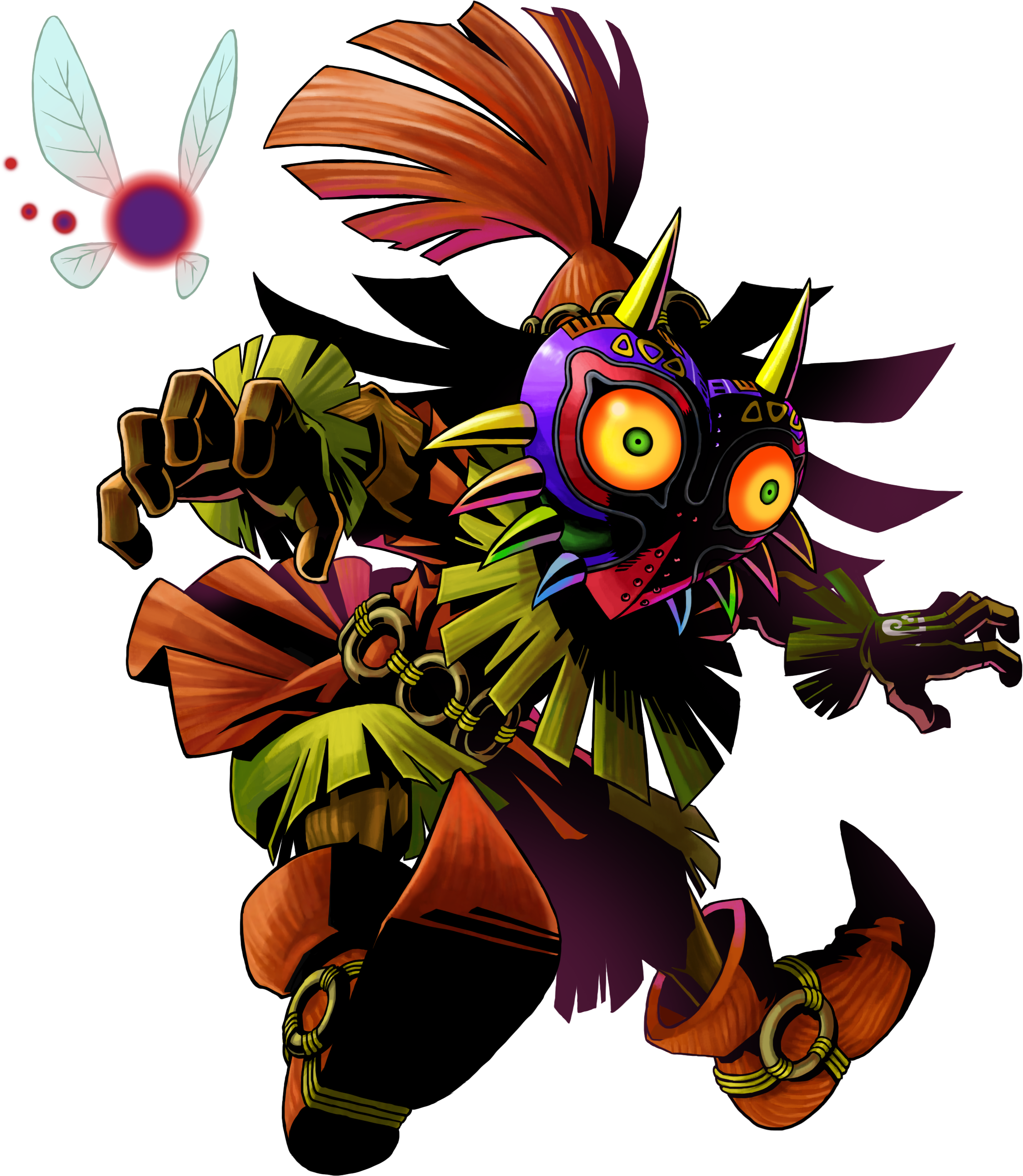
Like the Happy Mask Salesman, Skull Kid first appeared in Ocarina of Time, before being given an expanded role in Majora’s Mask. He’s a playful figure who likes performing tricks on people, but who often goes too far. This leads to him being shunned by others and forced to live alone.
Stumbling across Majora’s Mask while in exile, he puts it on, thinking it just another harmless trick. However, he becomes possessed by the evil spirit that resides within. The spirit uses him as a vessel, feeding on his resentment to enact horrible deeds on the town people who’ve wronged him. He knows what he’s doing is base and amoral, but he’s no longer in control, with the spirit Majora forcing his hand to increasingly cruel acts.
Despite sometimes being an antagonist, Skull Kid remains a sympathetic character at heart. All he wants is to belong, but he lacks the proper social skills to do so. This makes him a surprisingly nuanced character, as he never intends to harm anyone, but is constantly manipulated to do so through his own weaknesses.
Groose
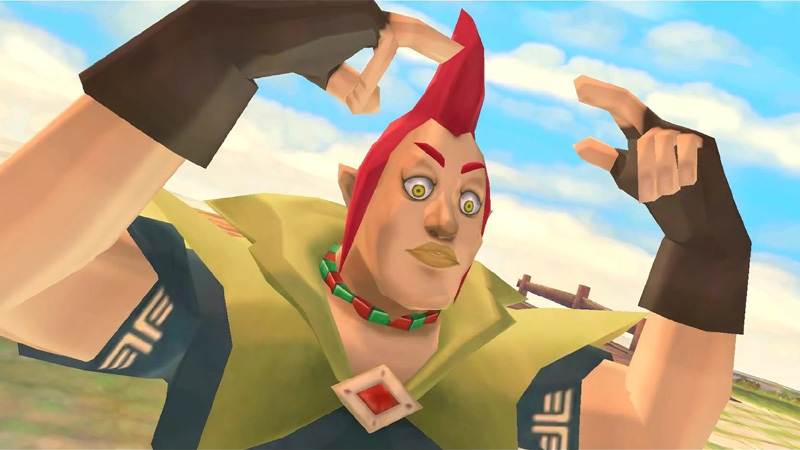
If he wasn’t so conceited, Groose might’ve been the central hero of Skyward Sword. He’s strong, athletic, and has obvious leadership skills, but he spends too much of his time playing pranks on others and getting caught up in petty squabbles. That is, until the second half of the game when he realizes the folly of his ways.
Following Link to the surface world, he quickly finds himself out of his league. Determined to help out, but unable to save Zelda himself, he eventually learns to accept his shortcomings and partners up with the old woman who resides at the sealed grounds, assisting her with his cunning inventions.
Groose is a Zelda character with a clear story arc, expertly handled. He’s both a captivating rival in the early stages of the game, and a valuable asset later on, which explains why he’s so fondly remembered by fans of the franchise.
Epona
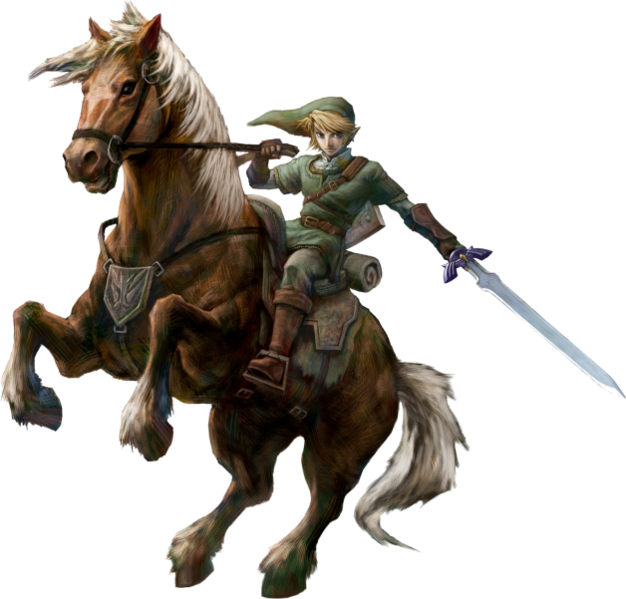
There are a handful of characters who constantly reappear across the Zelda series. One of them is Epona, the dependable and hardy steed that Link uses to traverse the fields of Hyrule and Termina.
First introduced in Ocarina of Time, she’s become a fan favorite. And for good reason too. Imagine having to roll across Hyrule field throughout the entirety of Twilight Princess or Breath of the Wild. You’d likely smash your controller in frustration. Having Epona as a constant companion is a great way of getting around.
There’s also the merit of her personality. Epona is portrayed as wild and untameable, with Link being the only person able to ride her. This establishes a strong relationship between the two characters, which is quickly picked up on by the player.
No matter where you are, all you have to do is play her song and she’ll come running in to save the day. That loyalty is to be respected.
Saria
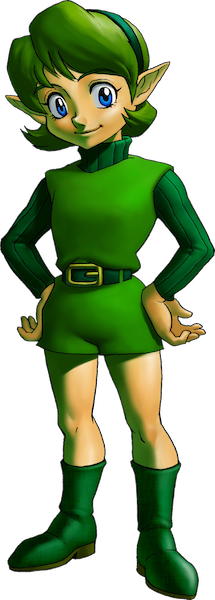
Ocarina of Time has many spectacular side-characters, but few are as beloved as Saria. Not only does she have an amazing theme song, but she’s Link’s childhood friend and later becomes the forest sage, making her an integral part of the plot.
Saria is a constant reminder throughout the game of the innocent days gone by, selling the player on the passage of time and the increasing stakes. You want to see her and Link reunited, but circumstances always conspire to drive them apart. It’s tragic and that’s what makes her character all the more compelling.
Just take a look at the farewell scene between Saria and Link that takes place on the bridge connecting Kokiri Forest with Hyrule Field. Bidding goodbye, she can hardly speak through her emotions, and when she does her dialogue is stilted and awkward, betraying her uncertainty for the future. It’s a surprisingly detailed portrayal that stands the test of time.
Linebeck
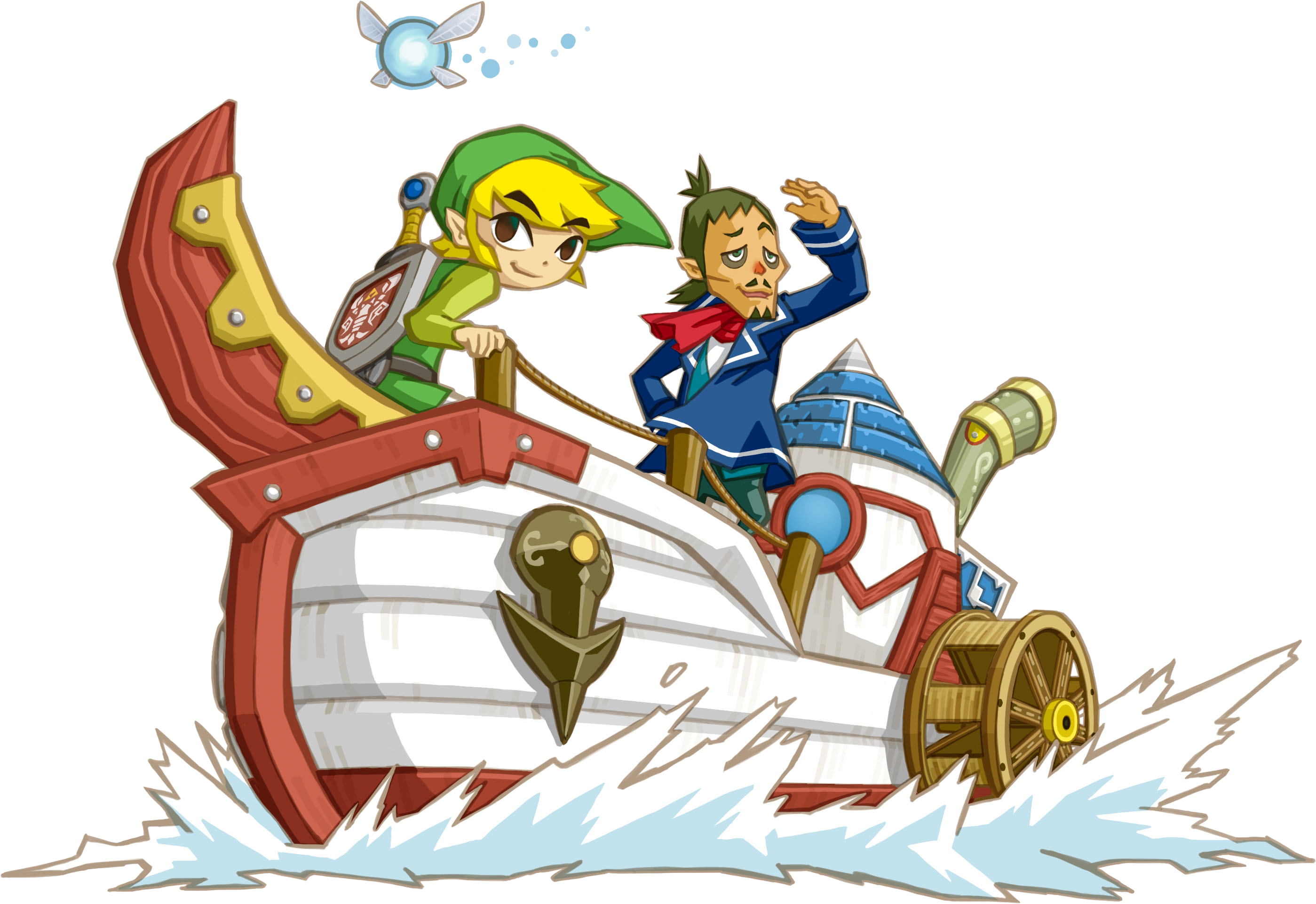
In Phantom Hourglass, Linebeck is the captain of the steamboat that transports Link around the world of the Ocean King. Though his defining attributes are his immense desire for treasure and his overwhelming cowardice, he does have some redeeming qualities worth mentioning. These include his protective nature over those he cares about, his stylish appearance, and his humor.
Linebeck is a remarkably expressive character, which leads to some hilarious moments and quirky behaviour. This is best exemplified by his repeated run-ins with Jolene when he hides in a crate to avoid getting chastised, only to try and pass it off as a form of pacifism.
He definitely isn’t the only comic relief character in the Zelda series, but he’s up there as one of the best. His exaggerated features and personality offer a wonderful counterpoint to some of the series’ darker moments, granting a respite from both difficult dungeons and enemy swarms.
Tingle
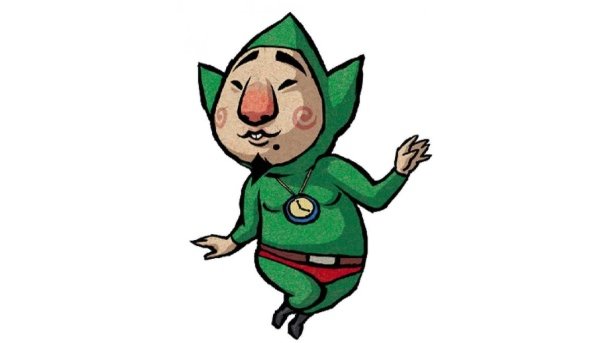
There was a point in time when Tingle was the most divisive character in the Zelda universe. A middle-aged man who likes dressing up as a fairy in his spare time, he was considered by some to be too childish and weird, though these attributes are arguably what have endeared him to so many today.
Tingle’s a rare example of Nintendo acknowledging the fan culture surrounding their games and making a light-hearted jibe at its expense. A humorous and pathetic figure, he adds colour and laughter to the world with his ridiculous exploits and his bizarre catchphrases, and is also an excellent cartographer.
In Majora’s Mask, if you ever need yourself a map, just keep looking up into the sky and you’re bound to come across Tingle floating by on his balloon. It’s just the getting him down part that may prove a little difficult.
Beedle
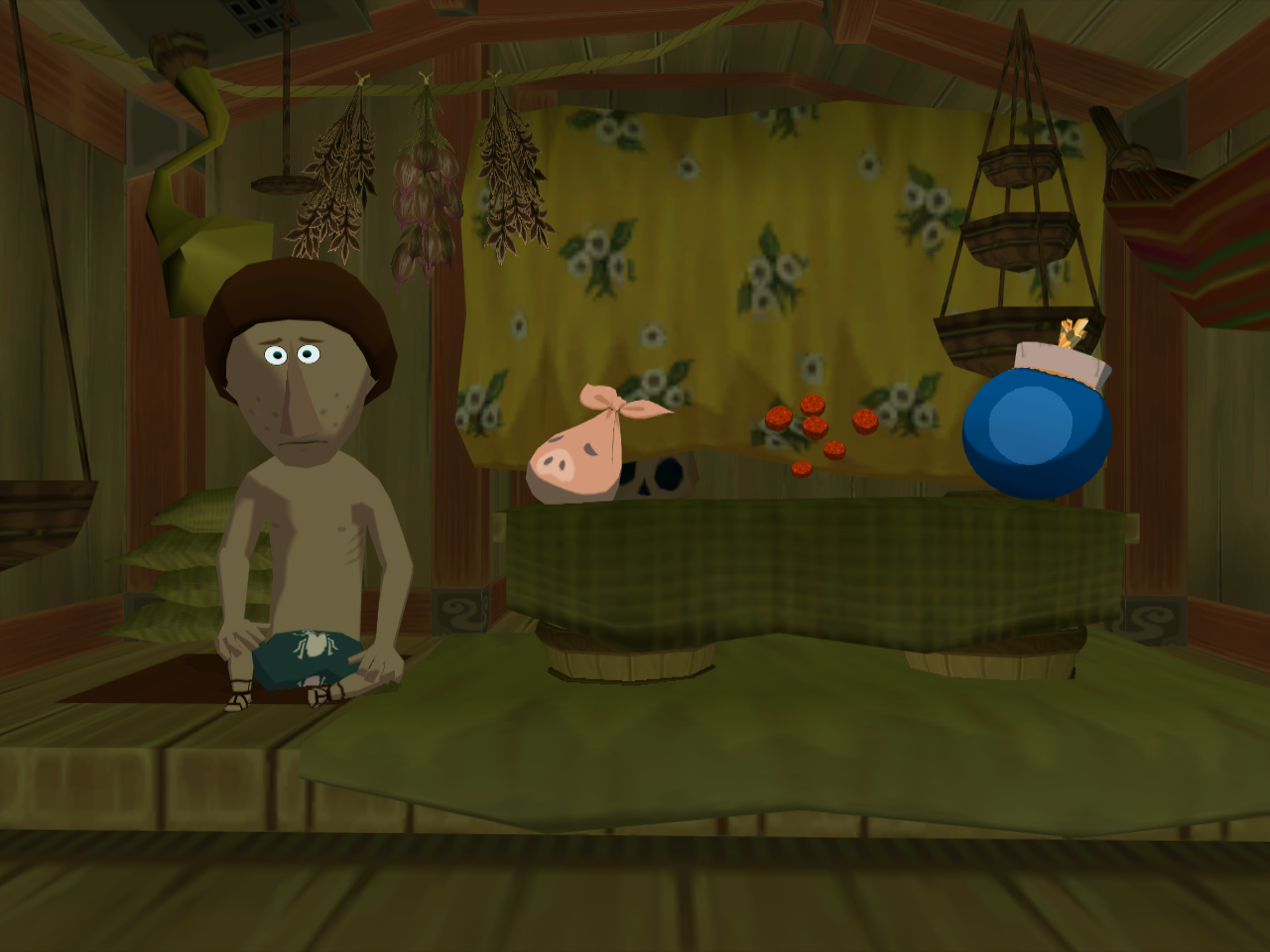
If there’s any one character in The Legend of Zelda series that best exemplifies ingenuity, it’s Beedle. A businessman by trade, he can be found across multiple games, peddling his wares and expanding his enterprise.
Travelling the map by boat, hot-air balloon, and on foot, he works tirelessly to keep you well stocked with items, and rewards you for spending rupees with special membership cards.
One of the more entrepreneurially-minded characters in the Zelda canon, he’s an expert salesman and will take offence should you ever decide to leave his store without falling for his pitch. This is seen displayed in one unforgettable scene within Skyward Sword, when he opens a trapdoor below the player’s feet if they fail to purchase anything from the store.
Hardworking and loquacious, Beedle’s the person to see if you’re after a good deal, making him an indispensable ally for any adventurer worth their salt. Just make sure not to get on his bad side.
Marin
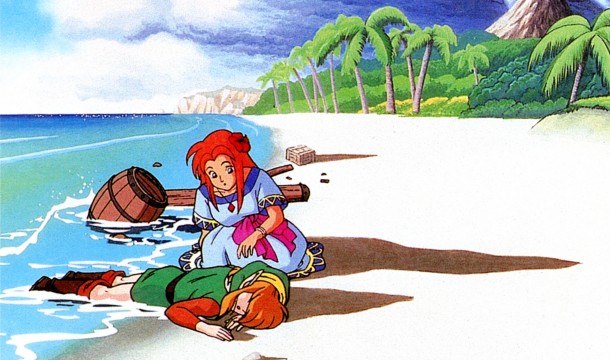
Marin makes her debut in the Game Boy adventure Link’s Awakening, rescuing Link from the beach after he’s been shipwrecked on Koholint Island. She’s an incredibly helpful character, and also a talented musician, accompanying Link at various points on his quest to awaken the Windfish.
In addition to this, she has her own aspirations, which gives her some depth beyond being just an exposition espousing NPC. In one particularly memorable scene, she reveals to Link her dreams about leaving Koholint and singing for people from distant lands. It’s an unexpected character moment and one that elevates her above being a simple Princess Zelda clone. She’s arguably one of the most developed characters in the early games for this reason.
Though she hasn’t appeared in any main entry Zelda game since, her legacy lives on in characters like Malon and Romani, both of whom share a passion for music and the same kind-natured spirit.
Midna
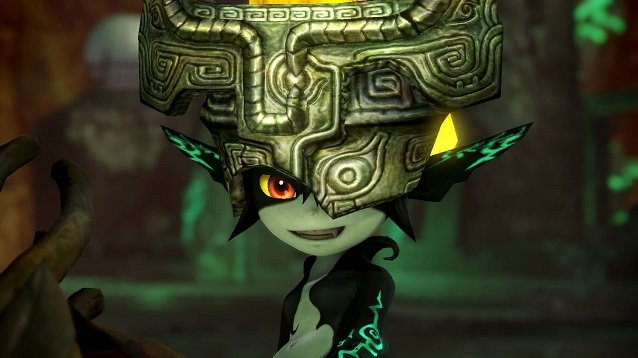
In Twilight Princess, Midna first appears as a mischievous imp who humiliates and belittles Link while he’s trapped in Hyrule Dungeon. It’s unclear whether she can be trusted, but you have no other choice as she’s your only means of escape. This is a fantastic introduction to her character, and a great way of letting her relationship with Link develop naturally over time.
With the completion of each successive dungeon, you feel your affinity for her grow, as you discover her true identity as the Twilight Princess. You begin to understand her pain and her anger, and start to root for her cause.
Of all the characters in The Legend of Zelda, Midna stands out as one of the best written. Complex and compassionate -- her subplot enriches the slightly formulaic Twilight Princess, supplying the player with more to chew on than just another variation of the Ganon returns story.
Jack Yarwood is an experienced freelance writer and investigative journalist, with bylines on a variety of publications which include GamesRadar+, PC Gamer, Polygon, IGN, Fanbyte, and more. Jack specializes in reporting around the tech, arts, and entertainment sectors.


